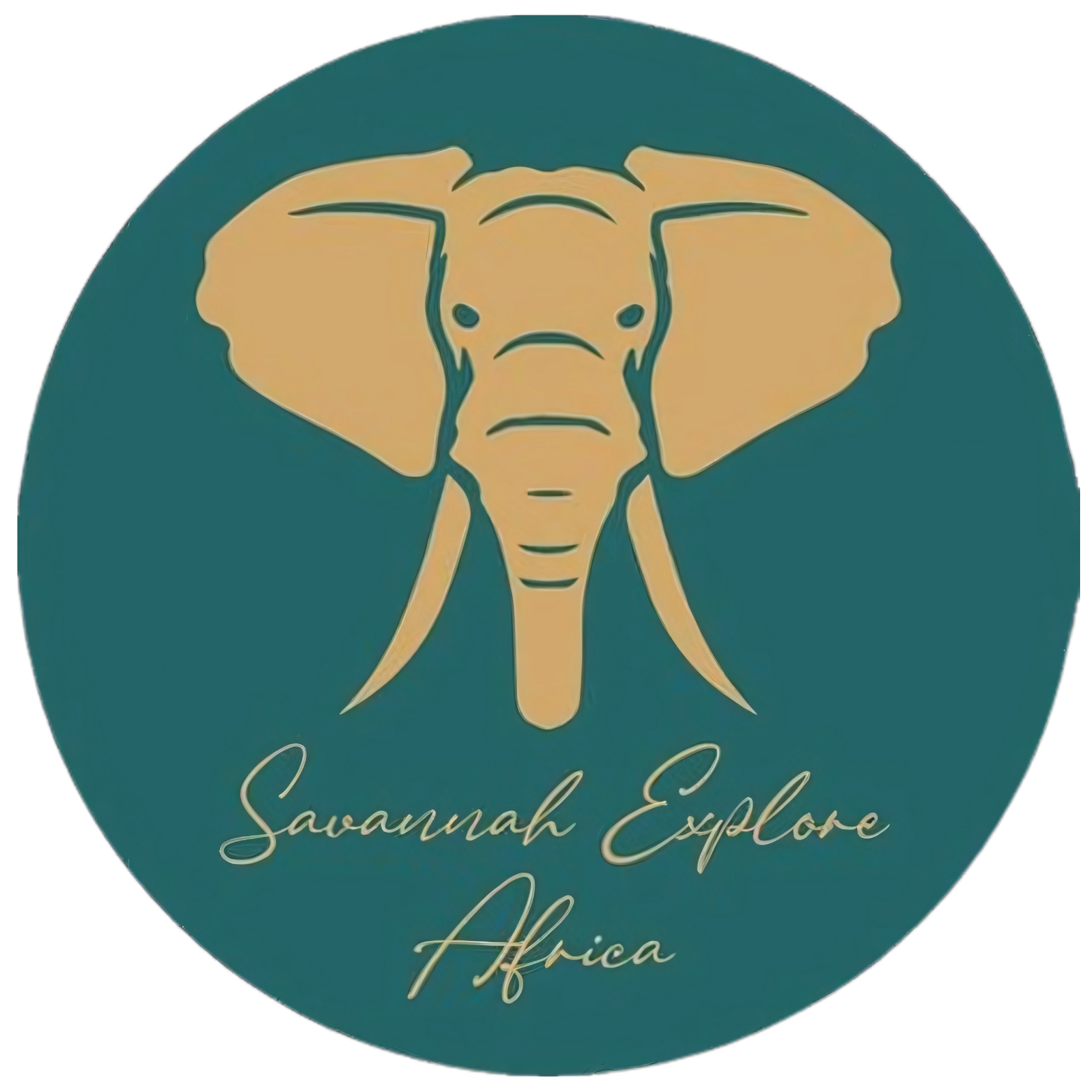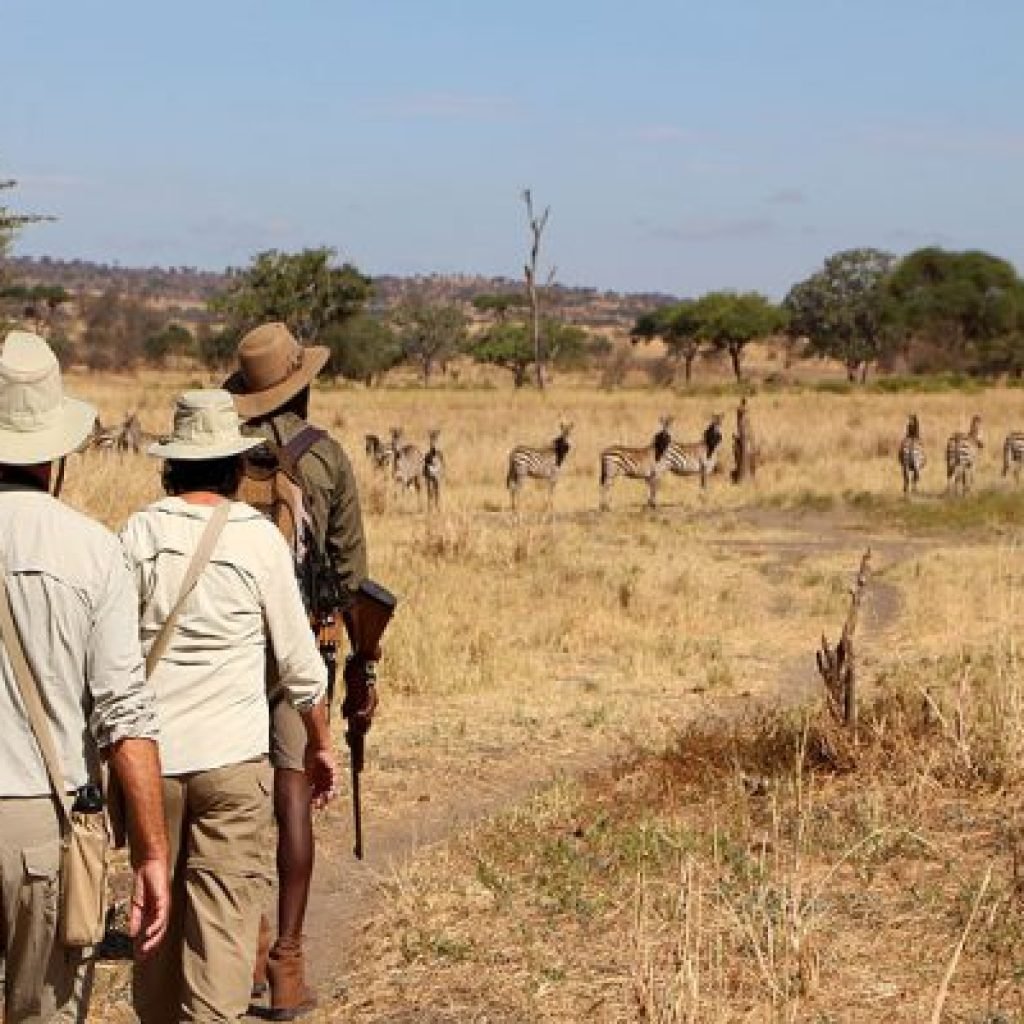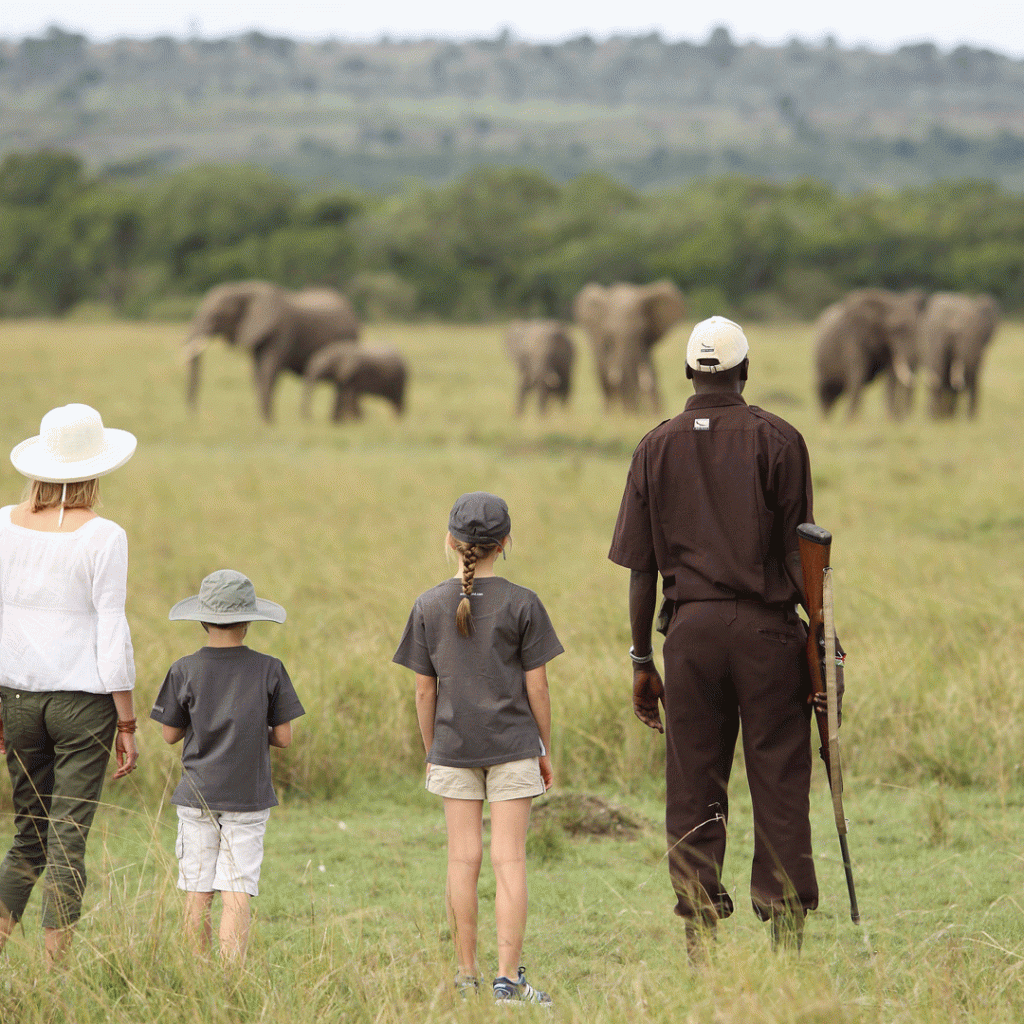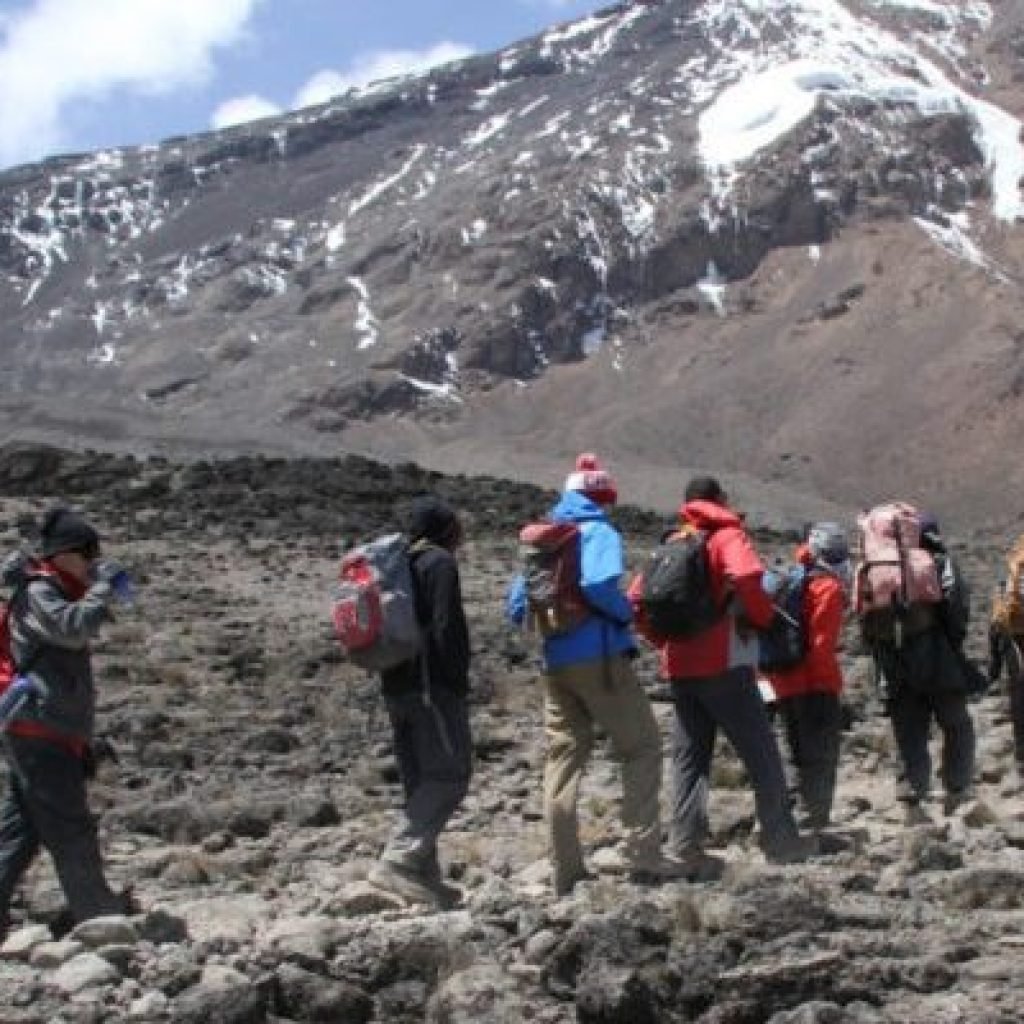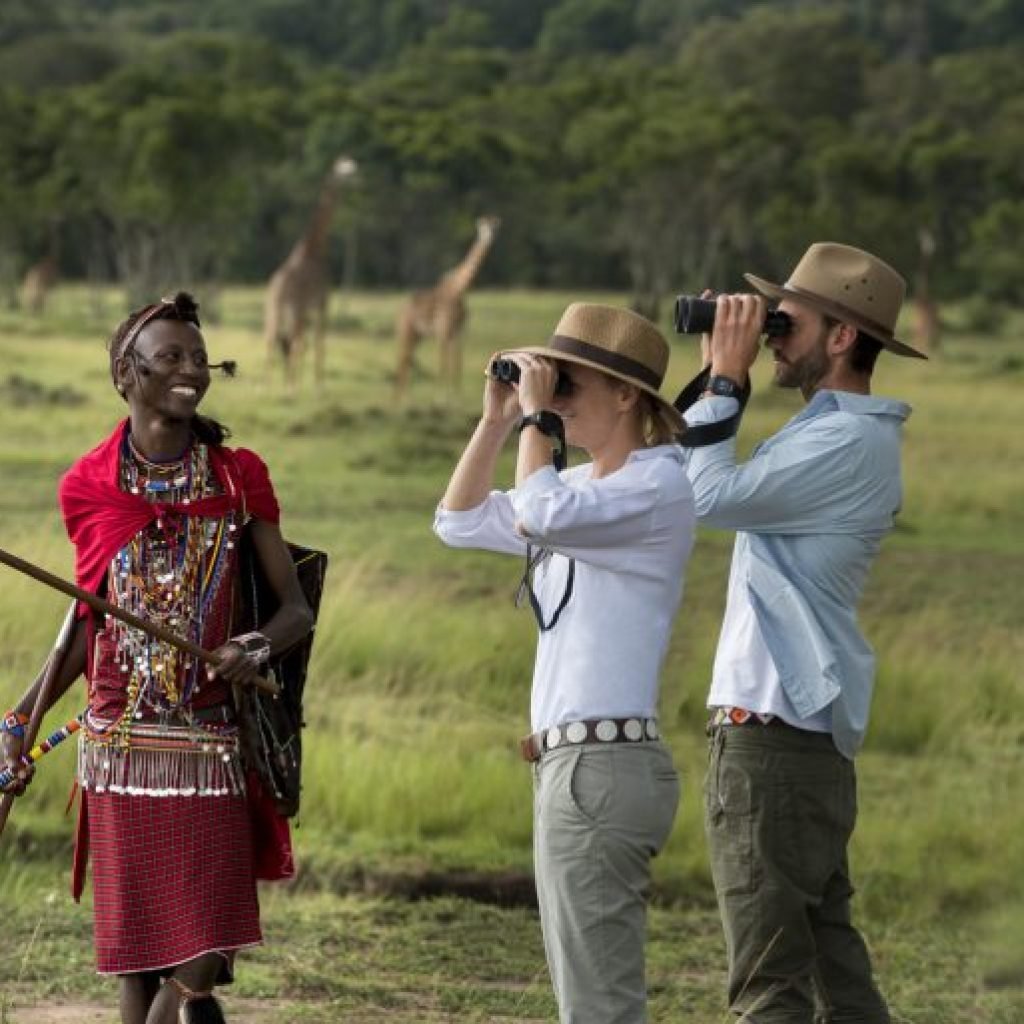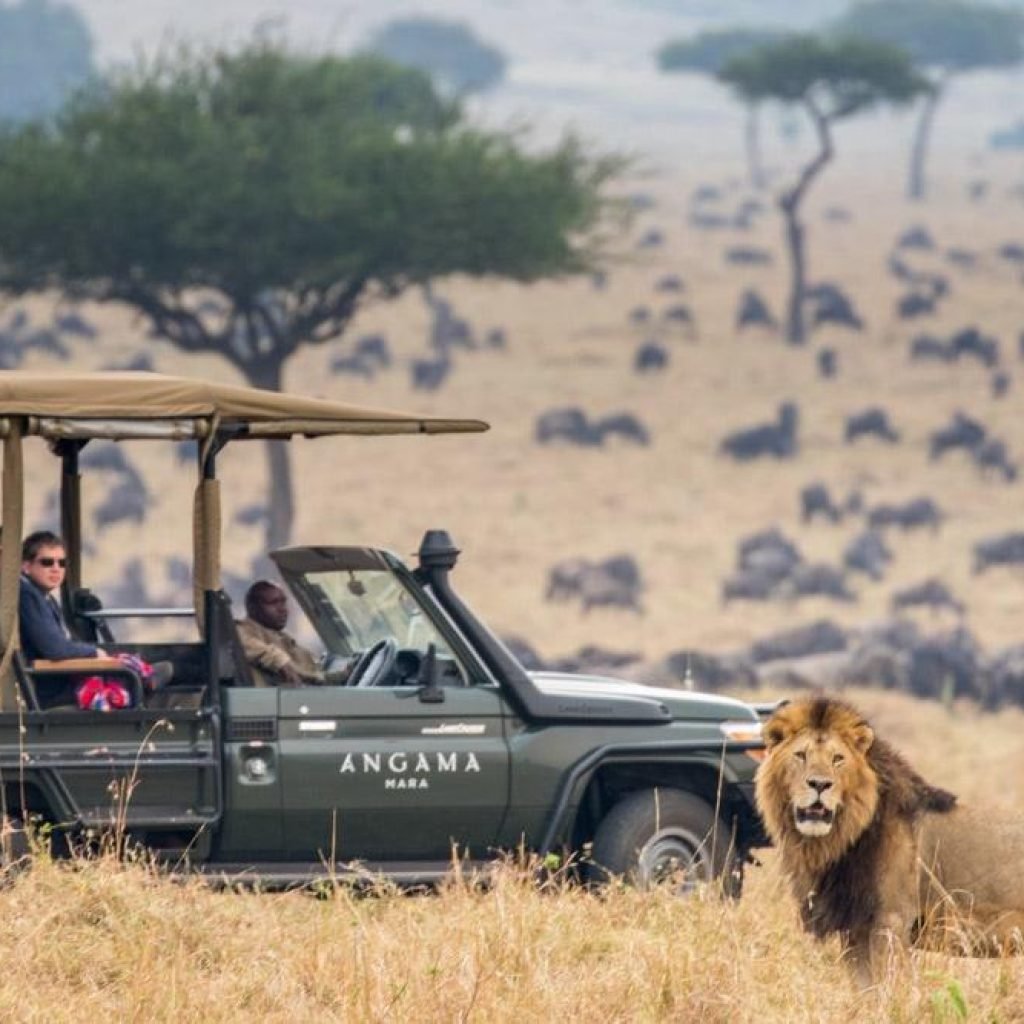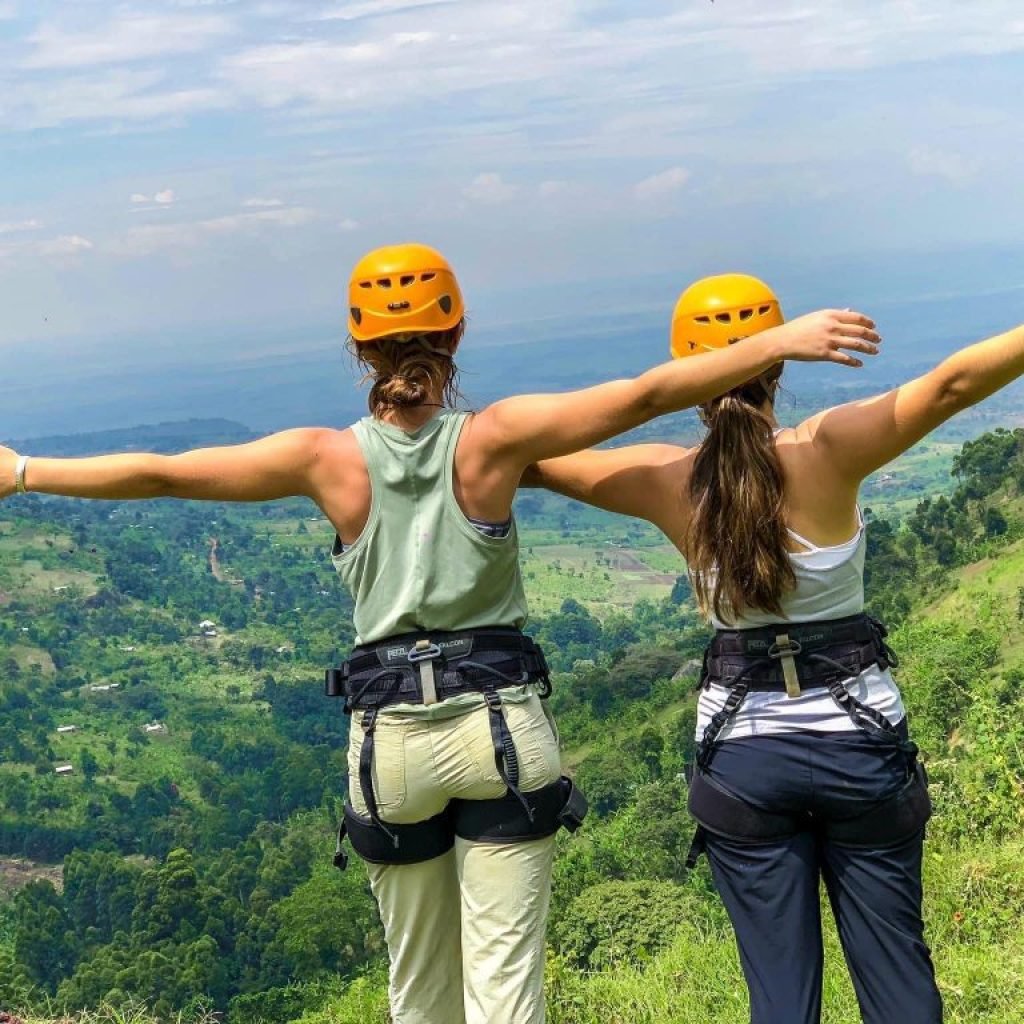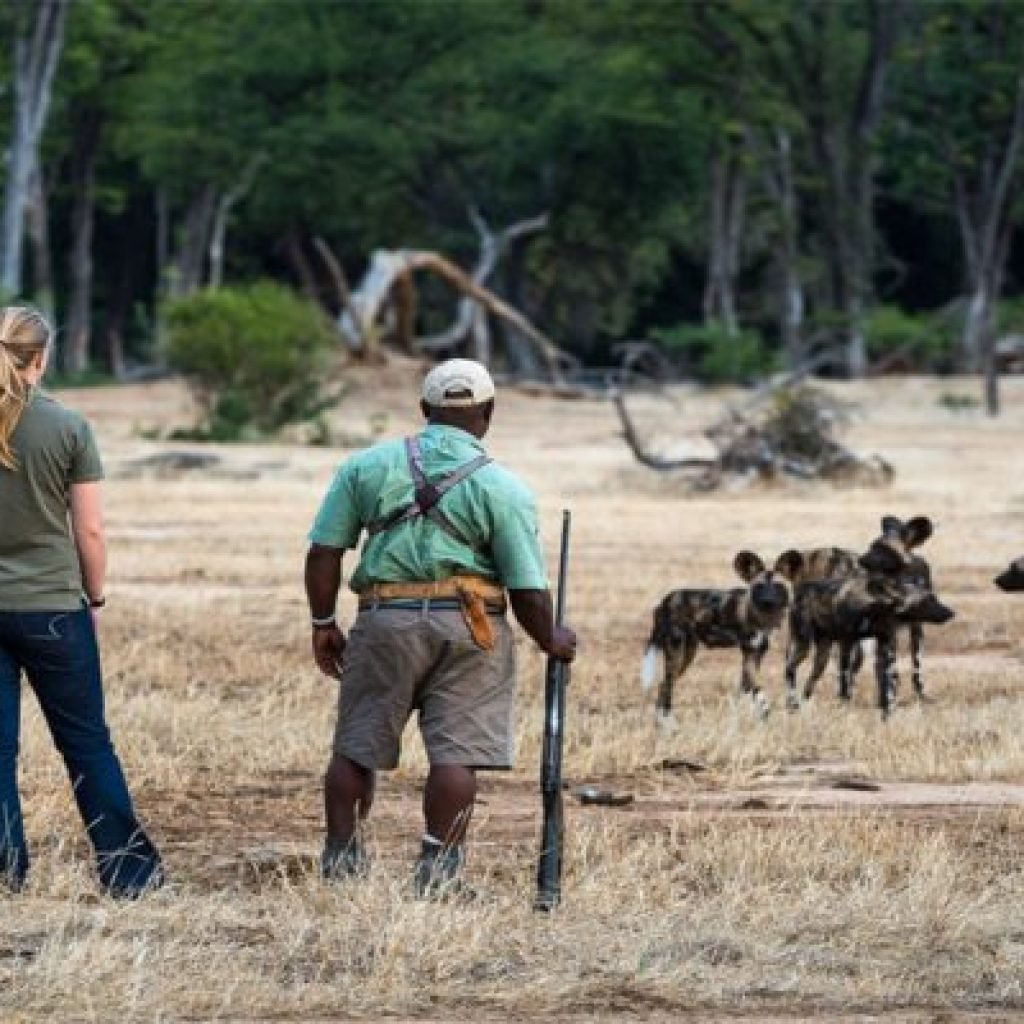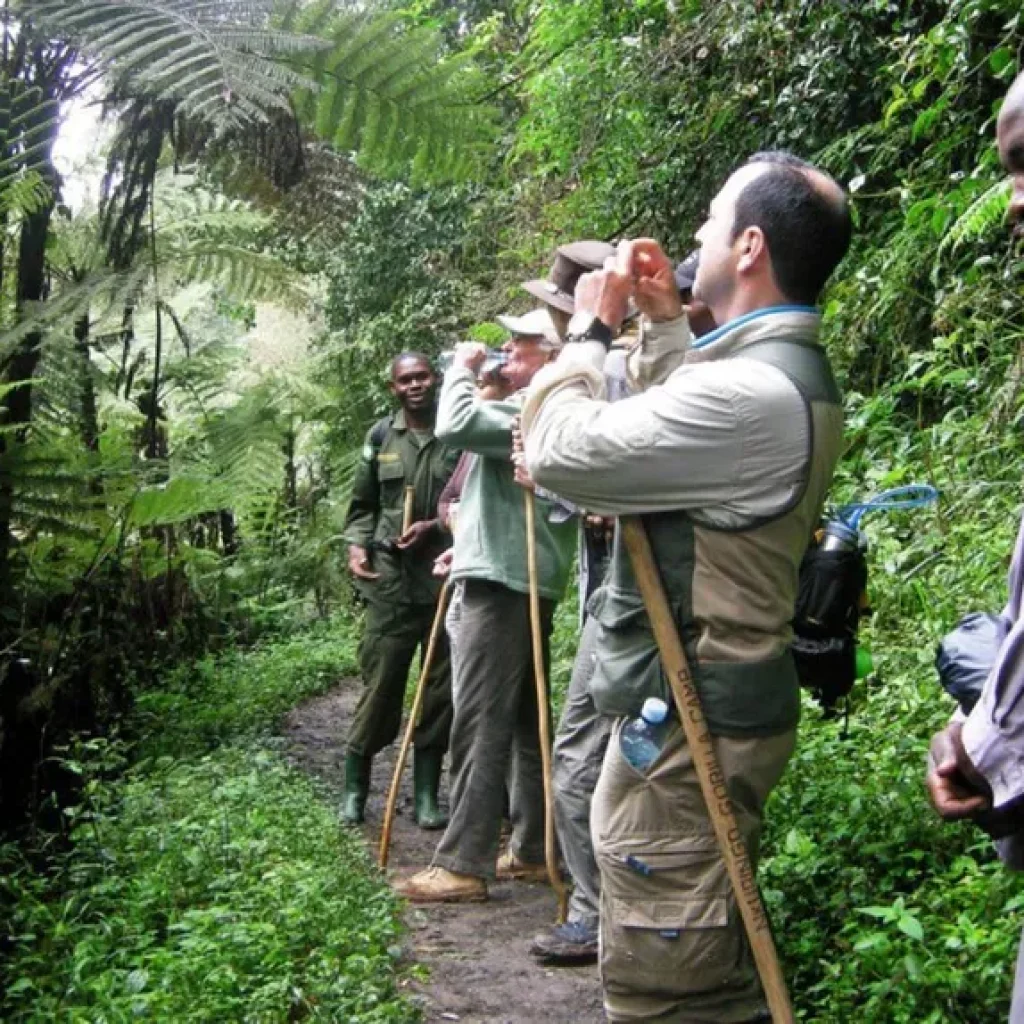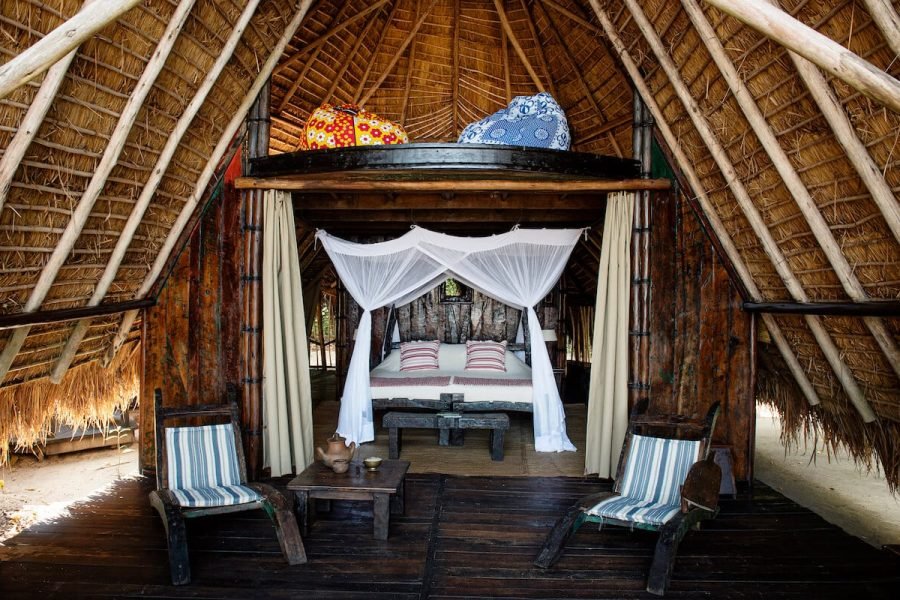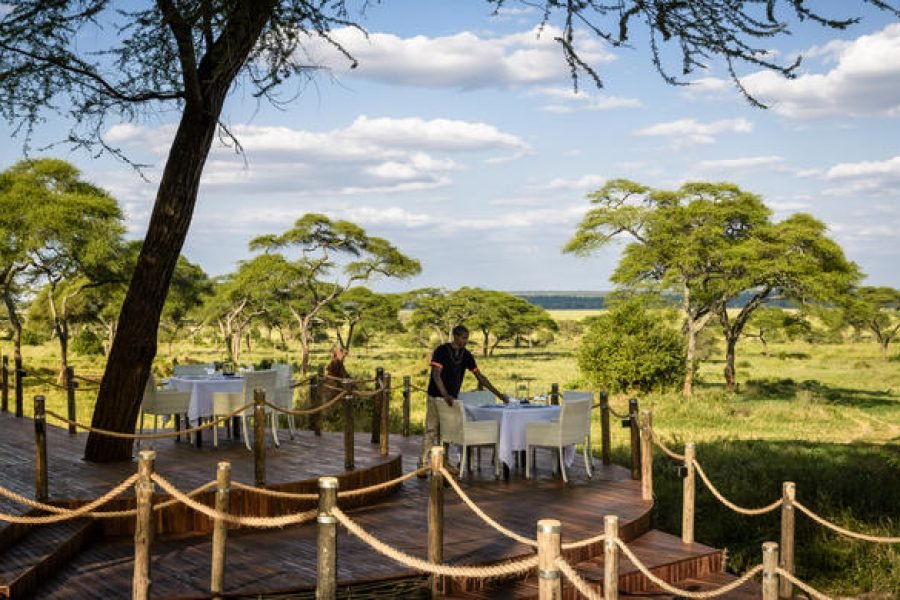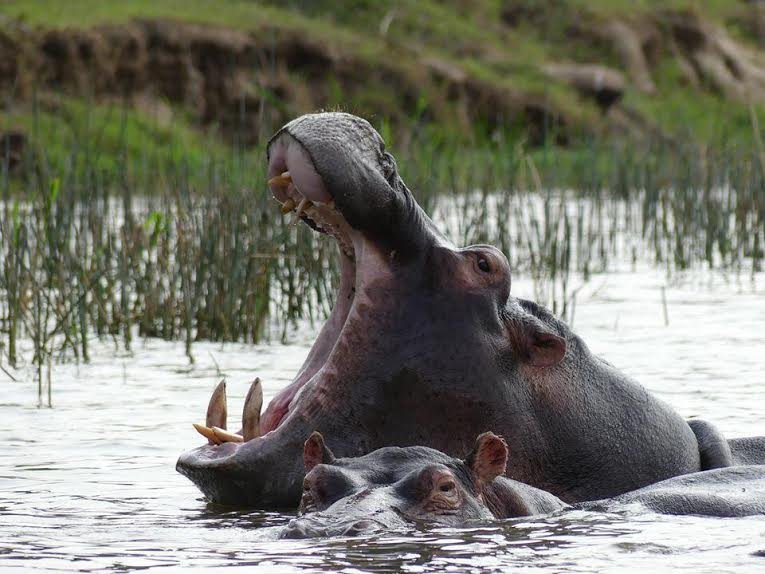
Why you should travel
to Tanzania
Safari is an integral part of Tanzania’s essence, manifesting itself in almost every corner of the country. As East Africa’s second-largest nation, Tanzania has embraced this way of life for decades. Its exceptional wildlife and diverse landscapes make it a destination unmatched by many others in Africa. Prepare to be enthralled by the iconic savannahs of Serengeti, Tarangire, and Ngorongoro Crater, where encounters with magnificent creatures await. But Tanzania offers much more than that. Venture to the enchanting beaches and coral reefs of Zanzibar, and you’ll find yourself immersed in one awe-inspiring experience after another. And if you’re seeking hidden treasures off the beaten path, don’t miss the chance to embark on chimpanzee trekking adventures in the pristine rainforests of Mahale and Rubondo. Alternatively, opt for a crowd-free game viewing experience amidst the untamed and captivating landscapes of Nyerere and Ruaha. Whether you’re captivated by year-round game viewing opportunities, enticed by the Wildebeest Migration, or longing for a tropical beach finale, Tanzania promises a truly extraordinary journey.
